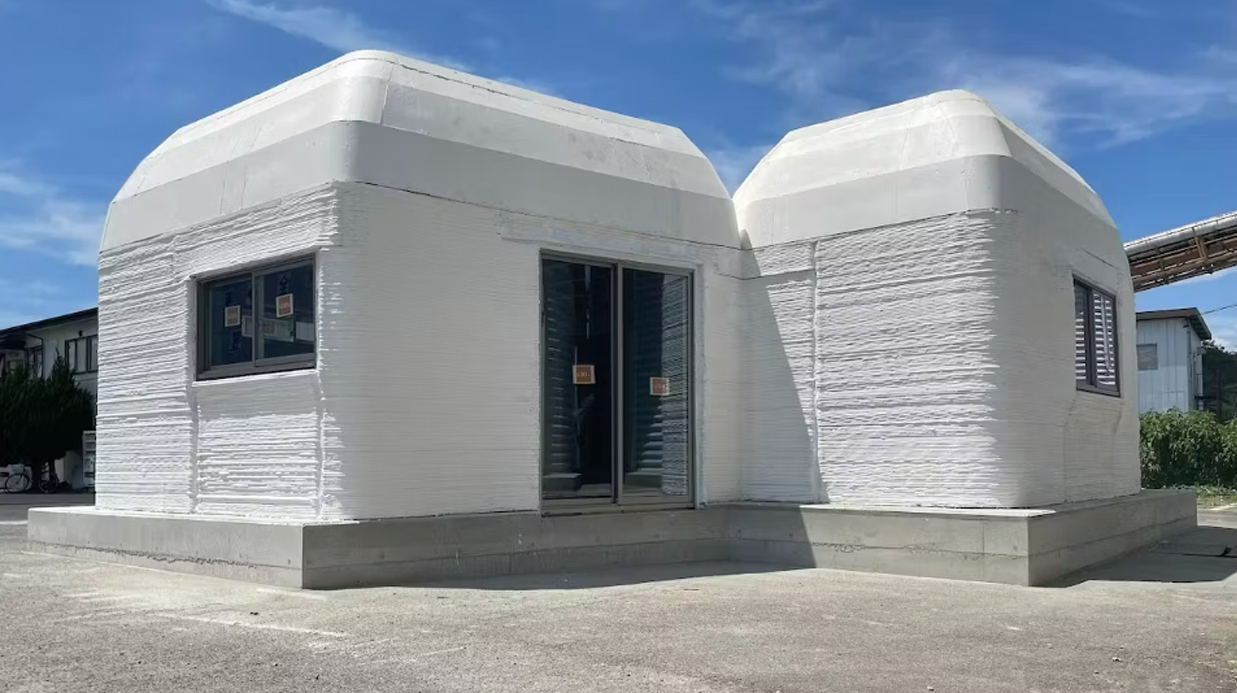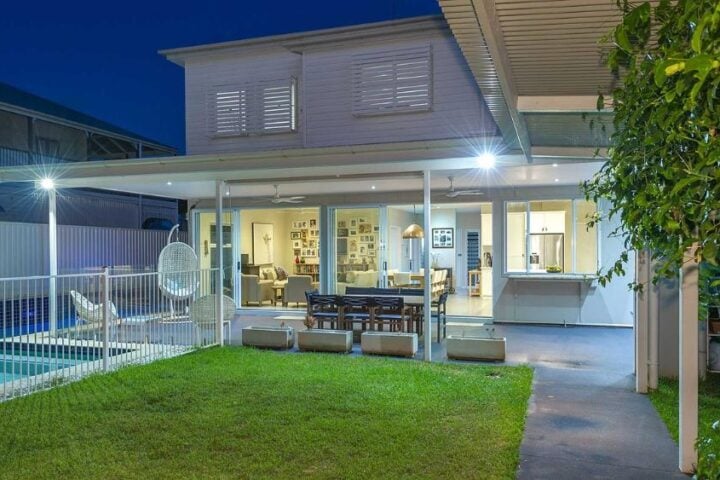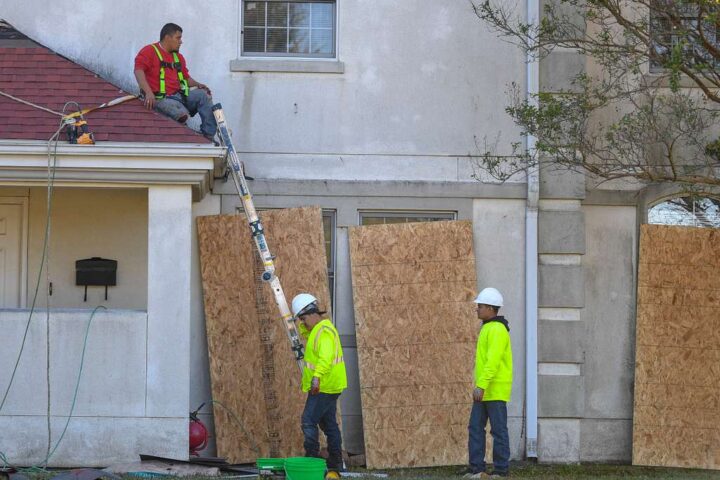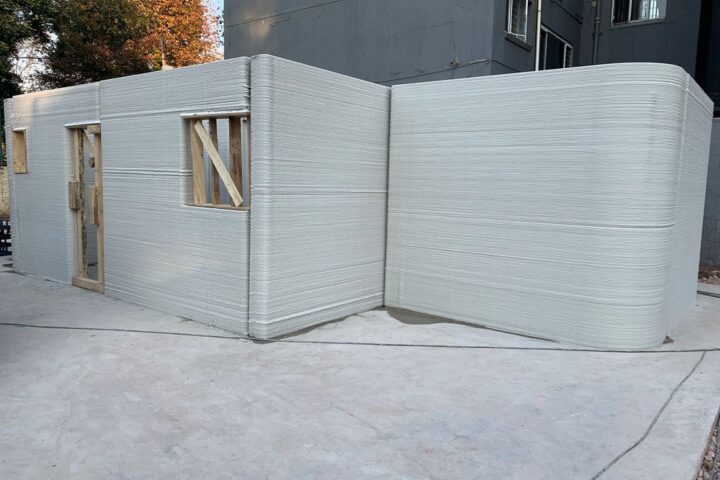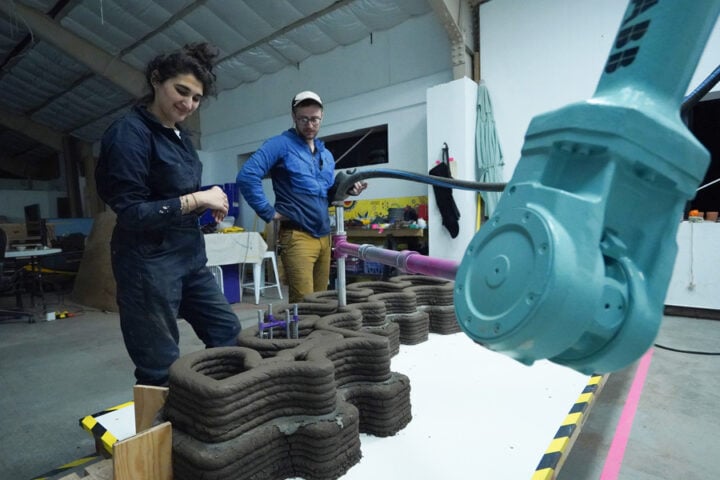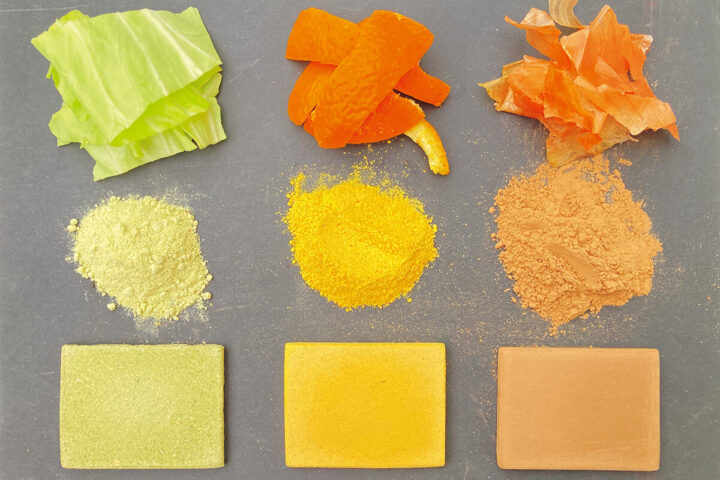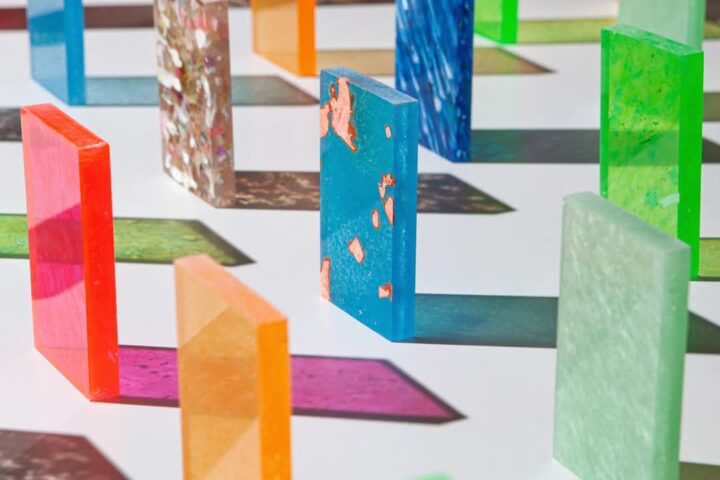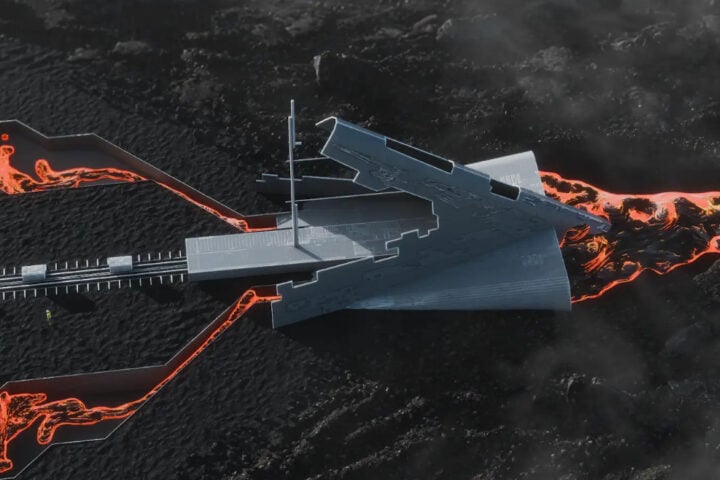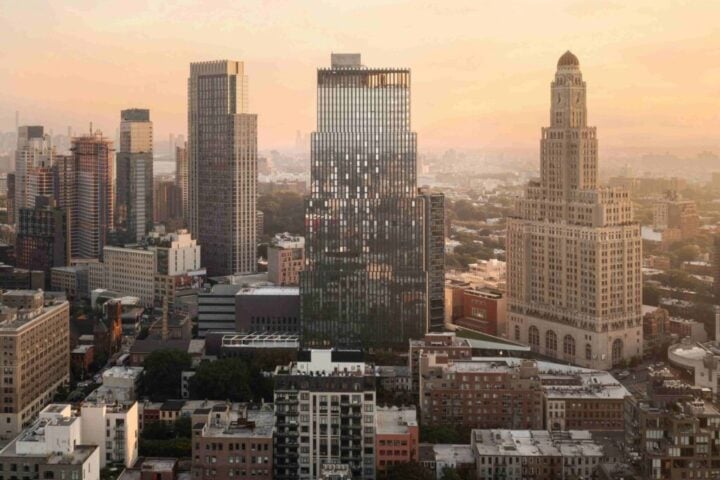In the serene landscapes of Komaki, Aichi Prefecture, a revolution is quietly unfolding. Serendix, a Japanese startup, is challenging traditional housing norms by introducing a 3D-printed home priced at an astonishing $37,300. This 527-square-foot unit, complete with a bedroom, bathroom, and a cozy living-kitchen space, is making waves in the housing industry. But as we delve deeper, the question arises: Is this the sustainable future of housing or merely a fleeting trend?
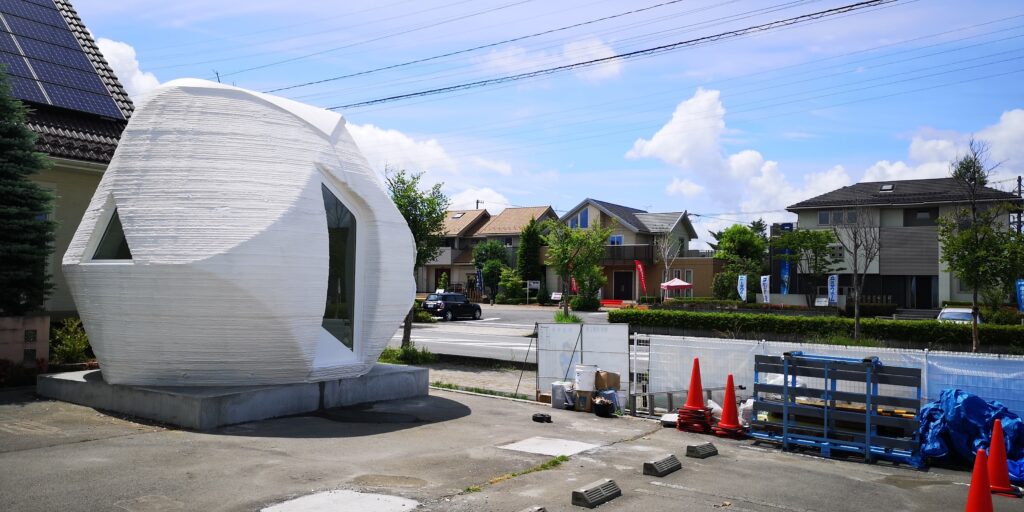
For most Americans, purchasing a home is a monumental financial commitment, often the largest they’ll make in their lifetime. In contrast, Serendix offers the prospect of owning a home for the price of a new car. However, it’s essential to note that these aren’t the sprawling mansions many dream of. They’re compact, efficient, and most notably, 3D-printed.
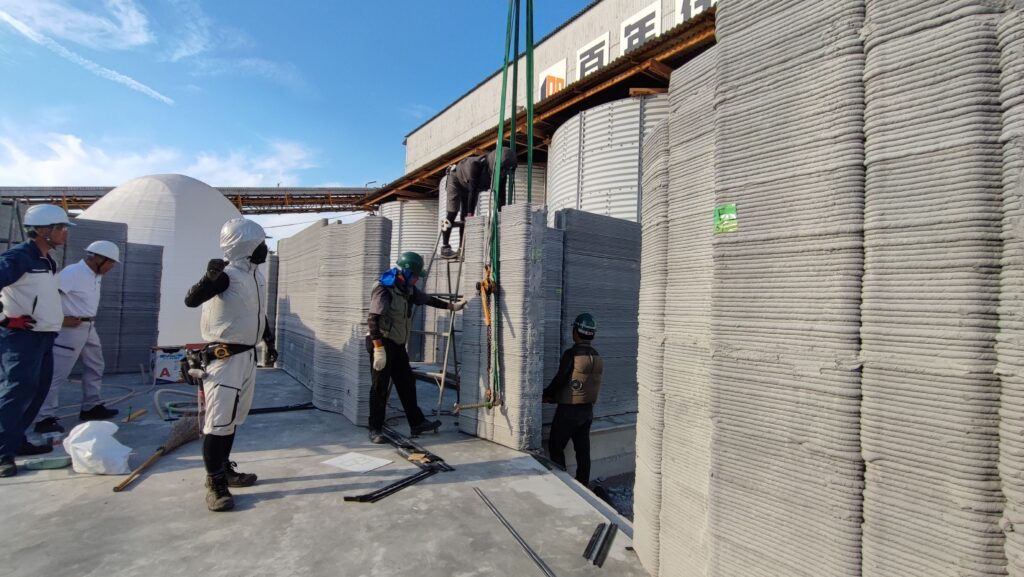
The U.S. has already seen a surge in 3D printing construction technology. Texas boasts neighborhoods with 3D-printed homes priced at a staggering $476,000. Meanwhile, the University of Maine has pioneered a recyclable tiny home made from wood waste. But Japan’s approach, led by Serendix, is unique.
Serendix isn’t new to this game. Their journey began with the “Sphere” in March 2202, a 107-square-foot structure printed in a day. Fast forward, and we have the Serendix 50 or “Fujitsubo” – a testament to rapid construction and innovation. But what makes these homes stand out?
Similar Posts
The walls of these homes are printed using advanced printers from Winsun and Twente Additive Manufacturing. The rapid-hardening cement mix used in the construction is a game-changer, accelerating the building process. However, it’s not without challenges. The transportation of these walls has seen damages, leading to reprints and added costs.
The affordability of these homes is undeniably attractive, especially against the backdrop of Japan’s escalating housing prices. Kaito Ogata, CTO of Serendix, highlights this as a “serious problem,” with many Japanese residents expressing discontent with the housing industry. But while the price is right, is the market ready for such a shift?
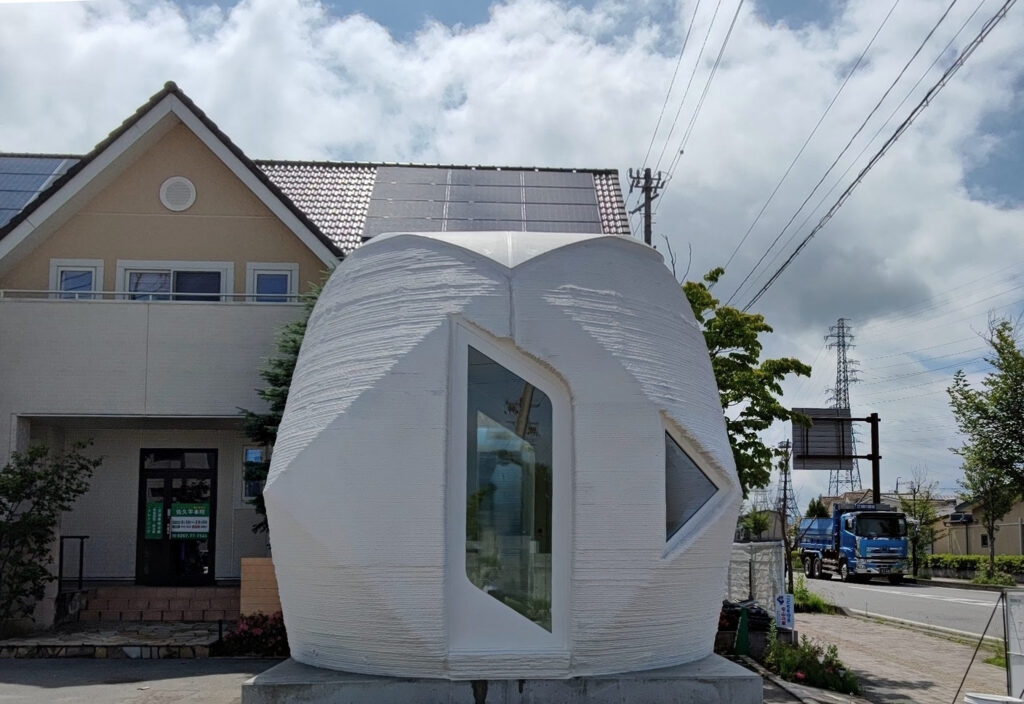
The prototype in Komaki remains uninhabited, serving as a beacon of potential rather than practicality. However, with plans to roll out six more units by October’s end, the tide might be turning.
Serendix’s vision is clear: a world where homes are as affordable as cars, eliminating the need for hefty mortgages. They draw parallels with the automotive industry, where innovation led to significant price reductions. But can the housing sector emulate this success?
Serendix’s endeavors in 3D-printed homes present a tantalizing vision for the future. Yet, the path is riddled with challenges, from technology to market acceptance. As the world grapples with sustainability and affordable housing, innovations like these are worth watching. Whether they become the norm or remain prototypes, only time will tell. But one thing is certain: the housing industry is on the brink of a transformative change.
